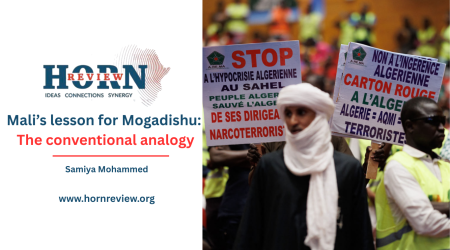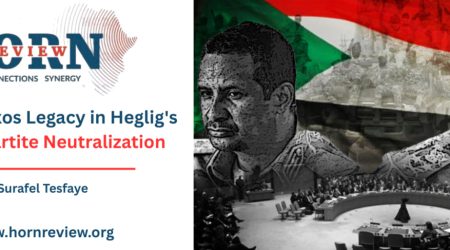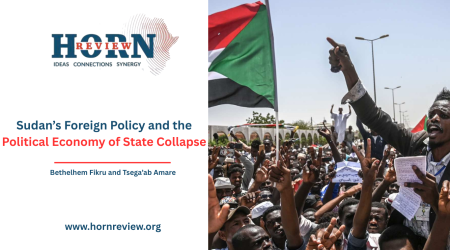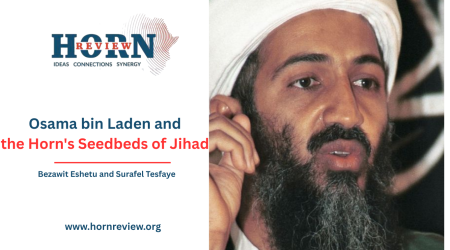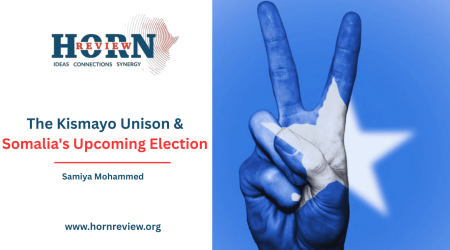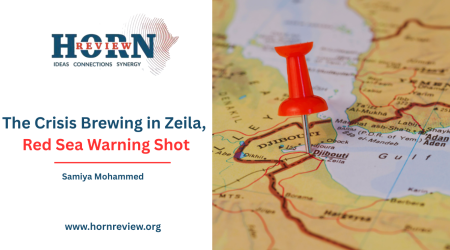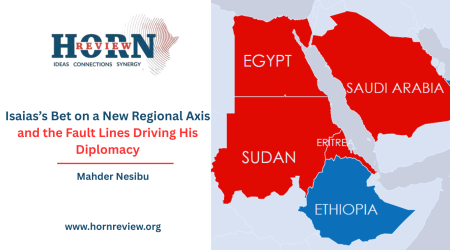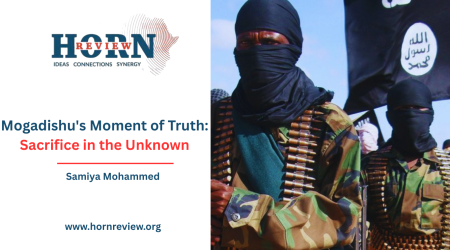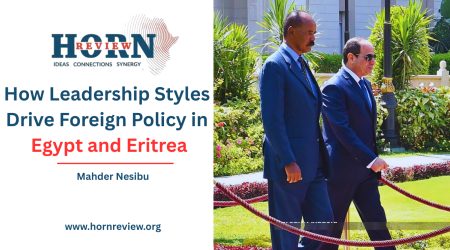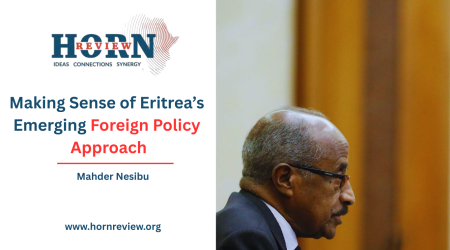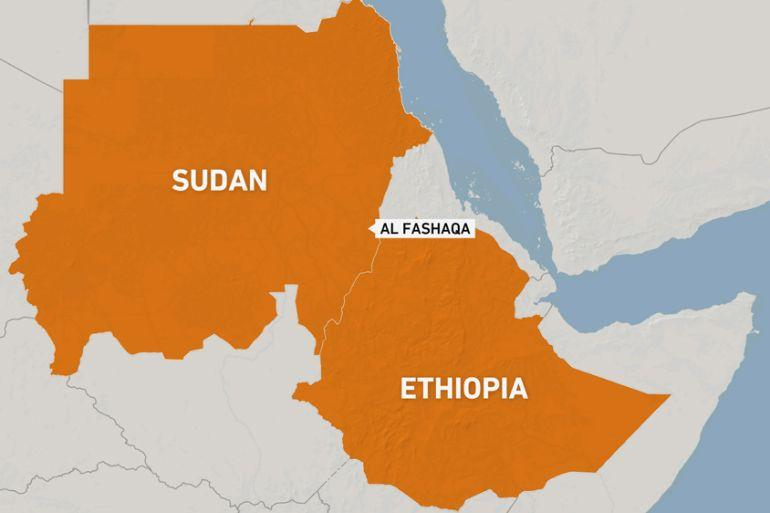
7
Oct
Sudan’s Fragile Peace: Why Ethiopia’s Exclusion Weakens The Quad’s Roadmap
Sudan’s new “Quad,” which includes the United States, Saudi Arabia, the United Arab Emirates and Egypt, rolled out a joint roadmap in September 2025 promising a humanitarian truce and a time-bound transition. That initiative matters, but so does what it left out: Ethiopia, Sudan’s largest neighbor and most exposed to the war’s immediate spill-overs, was not invited into the core group. That omission is no accident; it is a deliberate choice with consequences for whether any agreement will survive contact with the messy realities on the ground.
The omission must be read through three linked lenses: geography, history and enforcement. Geographically, the Ethiopia–Sudan frontier is not a boundary drawn on paper but an integrated social and economic system in which seasonal cultivation, market circuits and migration routes cross state lines. The Al-Fashaga plain is the most salient example, comprising roughly two hundred and forty-three thousand hectares of fertile land that sustains cross-border livelihoods and export crops such as sesame; when armed actors militarize that landscape, routine commerce instantly becomes a flashpoint. Operationally, that matters because displaced populations and humanitarian flows press into the same border regions where services and administrators are concentrated, and Ethiopia already hosts more than one million refugees and asylum seekers, with reception capacity clustered in regions adjacent to Sudan.
Historically, Ethiopia has not been a neutral bystander to Sudanese crises but a proximate actor whose interventions have repeatedly shaped outcomes. Ethiopia hosted the 1972 accord that ended Sudan’s first north–south war and has repeatedly provided shuttle diplomacy in moments of acute transition, including high-level mediation in 2019 that helped shape the post-Bashir political reordering. Those episodes generated institutional memory and networks of access at region gates and market crossings where enforcement is actually executed, not simply announced. In contrast, recent high-level tracks convened far from the frontier have a poor record of converting statements into durable behavior. The Jeddah process and its related talks since May 2023 produced multiple ceasefire pledges and communiqués that were violated at crossing points and in market towns within hours or days, because commanders and local gatekeepers who were not party to those negotiations experienced no credible daily pressure to comply. Yet despite this record, Ethiopia’s seat at the table was denied; and the reasons lie not in capacity but in politics.
Politics explains the Quad’s choice to keep the room small. Concerns about Ethiopian domestic fragility after internal conflict, unresolved Al-Fashaga claims, and Nile basin tensions make Ethiopia a contested participant in some capitals’ eyes, and Egypt’s Nile sensitivities combine with Gulf bilateral ties to actors in Khartoum to produce a preference for a compact, quickly coordinated quartet. Those calculations are understandable from a diplomatic management perspective, but they trade operational reach for tidy process. Coherence among distant patrons does not automatically translate into the everyday authority required to keep corridors open and convoys moving. Worse, those political choices also shape how local actors perceive the mediators themselves.
Perception compounds the operational gap. Where mediators are seen as patrons with clients inside the conflict, local actors frame commitments as rival sponsorships rather than neutral enforcement. Reports and allegations about external patrons tilting toward particular belligerents, especially claims that the United Arab Emirates has favored the Rapid Support Forces and that Egypt and other capitals retain deep ties to the army, exacerbate this dynamic and reduce local willingness to cooperate with monitors or to police crossings. That practical problem has repeatedly turned summitry into spectacle rather than compliance. Taken together, geography, history, politics, and perception converge on two dangerous outcomes.
First, enforcement becomes a distant exercise. The Quad can promise truce windows and condition finance, but absent proximate partners who own the enforcement environment, the instruments remain blunt. Second, exclusion channels regional influence into informal, unmonitored spaces where it becomes harder to channel constructively. A neighbor kept off the table will still act; the question is whether its leverage is exercised inside an accountable architecture or from outside in ways that are opaque and politically combustible. These are not theoretical risks; the record of recent mediation attempts makes them plain.
Talks in Jeddah delivered repeated statements of intent but failed to stop violations at checkpoints or to compel commanders in border towns to desist, illustrating the limit of distant leverage without presence. By contrast, Ethiopia’s historical interventions, from the 1972 accord to repeated shuttle diplomacy, demonstrate how proximity and institutional memory can produce compliance at the level where it matters. Those episodes also show the tradeoffs: proximate mediators carry baggage and are at risk of capture by domestic politics, which is why inclusion must be narrowly defined and auditable rather than plenary. This balance becomes even clearer when the counterfcatual is considered.
If Ethiopia is kept out, the most likely outcome is that the Quad’s roadmap will produce headline commitments that fray at border crossings and in camps, leaving local authorities and civic actors to arbitrate access and return in the absence of clear, enforceable routines. If Ethiopia is included without sufficient guardrails, its involvement could be contested and instrumentalized by factional actors. The pragmatic solution is therefore neither exclusion nor unconditional inclusion but disciplined proximity; using Ethiopia’s presence for verifiable, time-limited tasks under African Union and IGAD.
The way forward is a structured system that connects Quad influence with regional involvement. This system should prioritize institutional verification instead of relying solely on political promises. Independent monitoring that provides clear, verifiable data on crossings and corridor usage will make compliance easier to check and harder to fake. Tying significant reconstruction funding to independently verified corridor operations will create incentives that ensure agreements lead to real changes on the ground, not just in diplomatic language. The key political point is that recognition, funding, and sanctions are effective only when they can be implemented where people live, work, and travel.
Such a structured system also reflects a deeper truth: durable settlements in the Horn have always combined external leverage with proximate ownership. Diplomatic reach without territorial presence is fragile. Proximity without accountability is dangerous. The policy task is therefore designed: create narrow, technical roles for neighbors, embed them under continental and regional oversight, require third-party verification and make data public. Those features reduce the risk of capture and make the benefits of compliance visible to constituencies that police markets and camps.
Ultimately, if the Quad’s roadmap is to be credible, it must stop treating Ethiopia as optional and make its disciplined participation a condition of Durability. Ethiopia’s shared frontier, history of mediation and role as the primary host of displaced populations convert proximity into enforcement capacity; that capacity should be channeled into narrowly defined, auditable tasks embedded under African Union and IGAD oversight, verified by independent monitors and tied to reconstruction finance. Without that design, the Quad’s leverage will fray at crossings, markets and camps; with it, the roadmap gains the reach and accountability needed to hold.
By Bezawit Eshetu, Researcher, Horn Review

